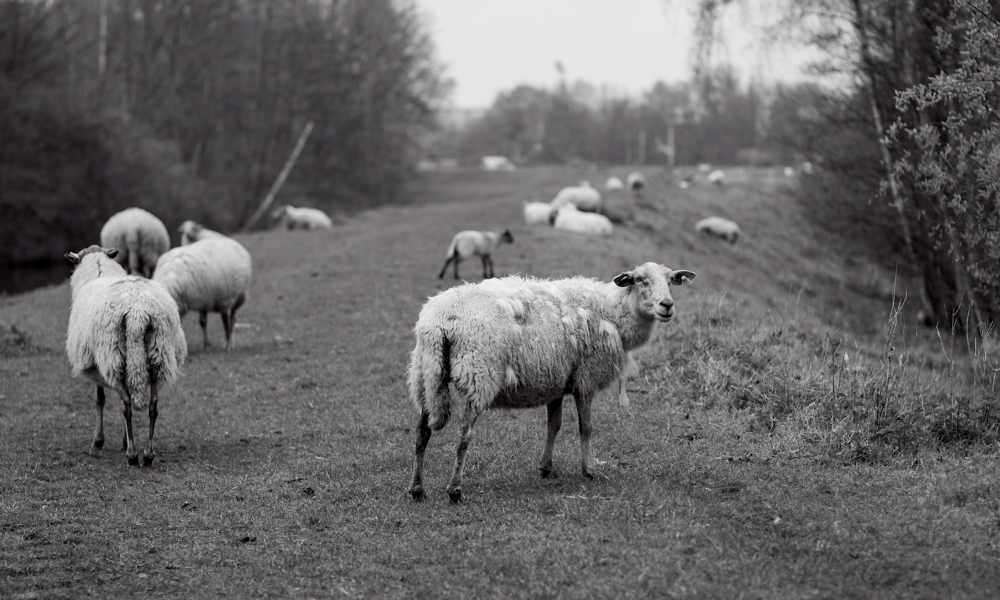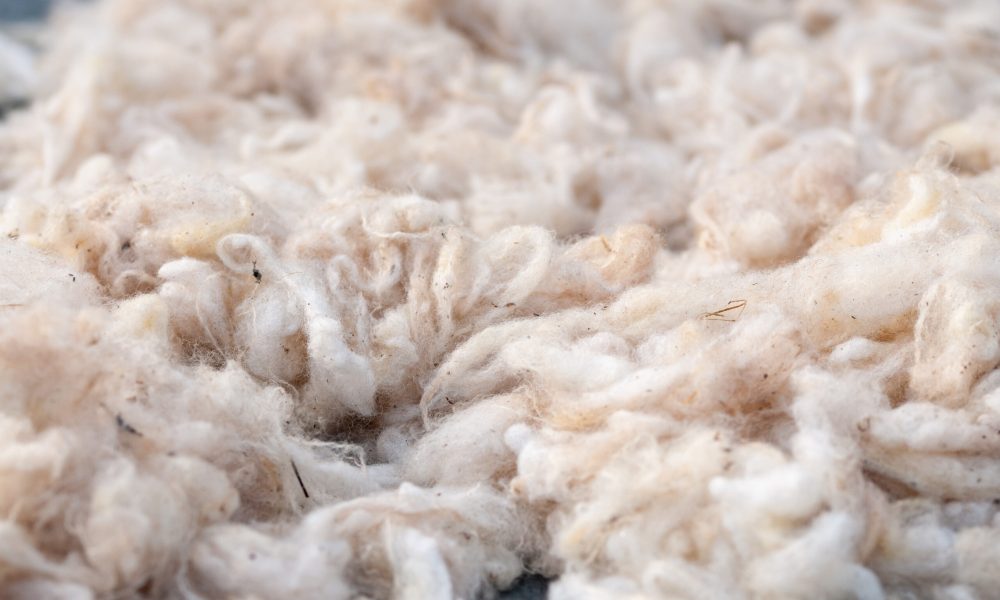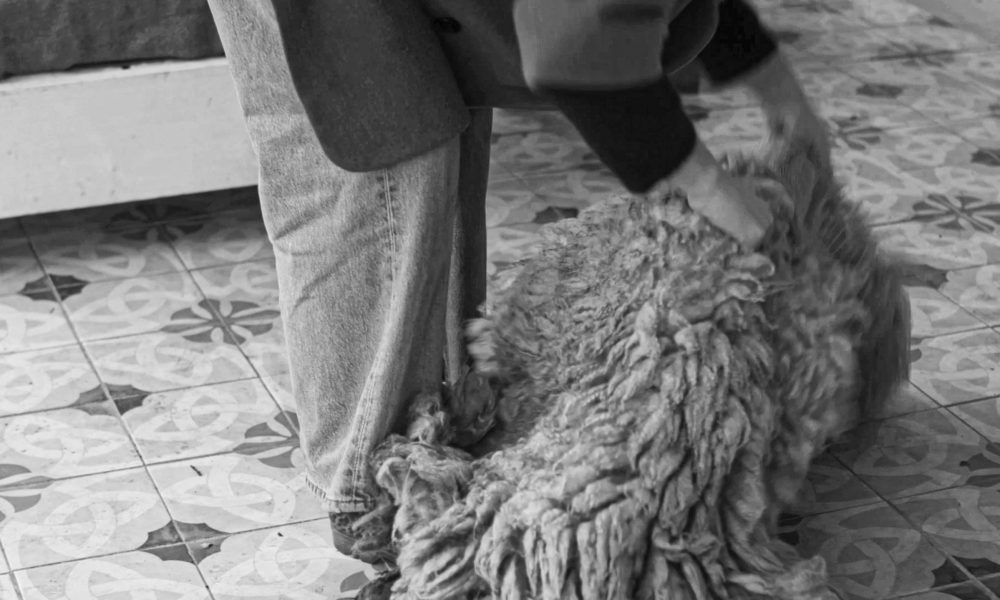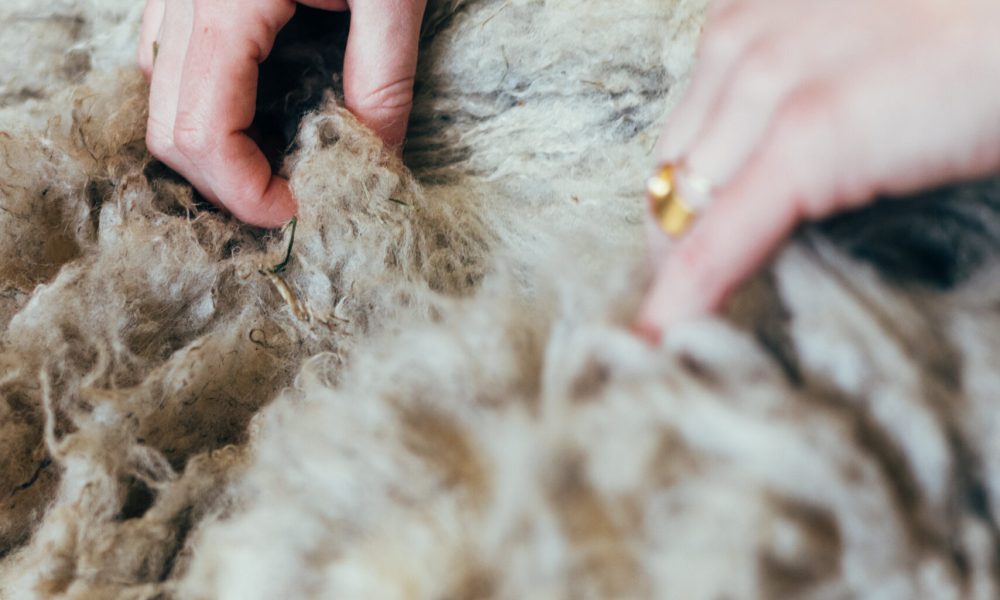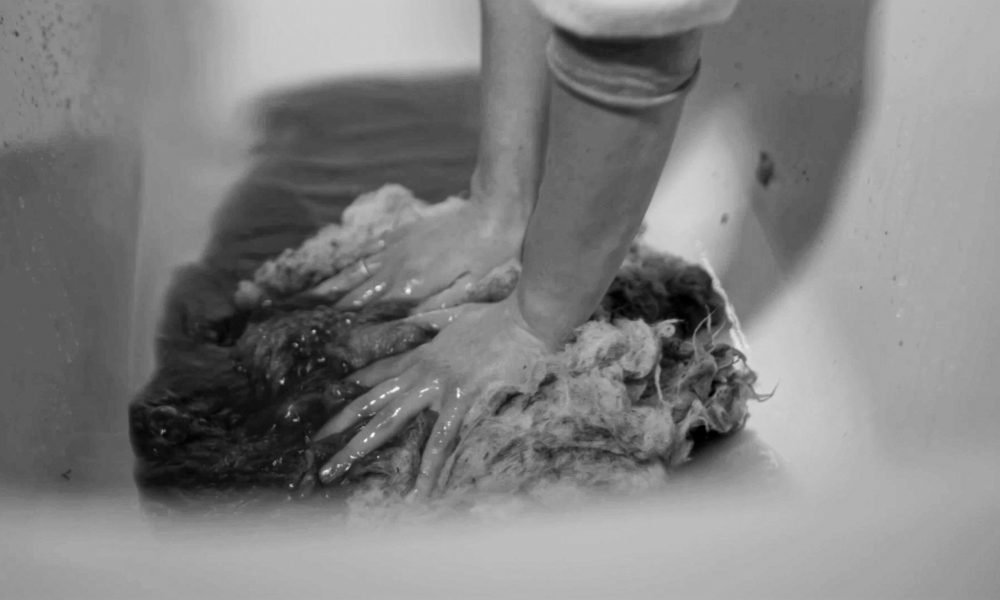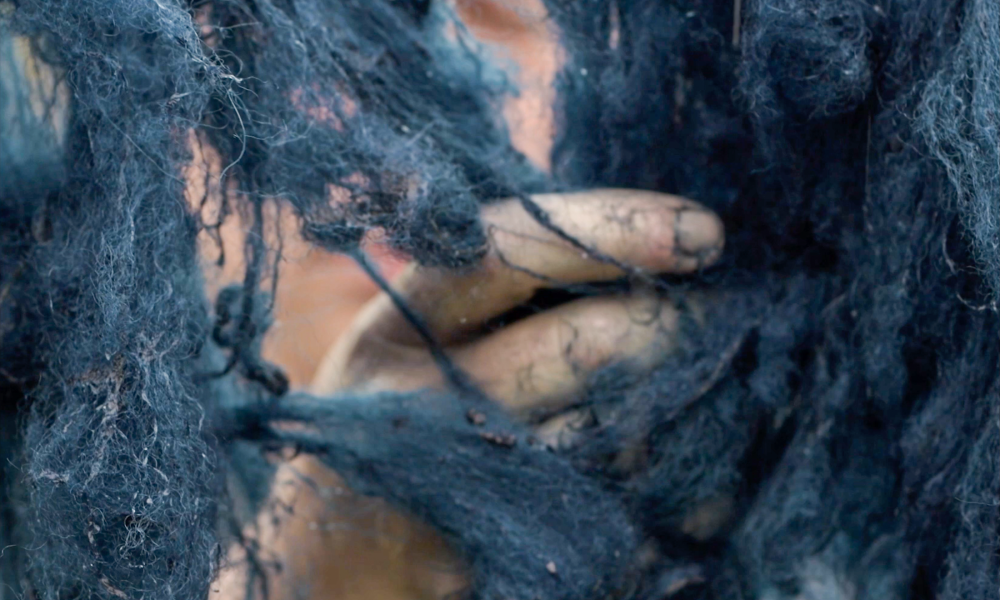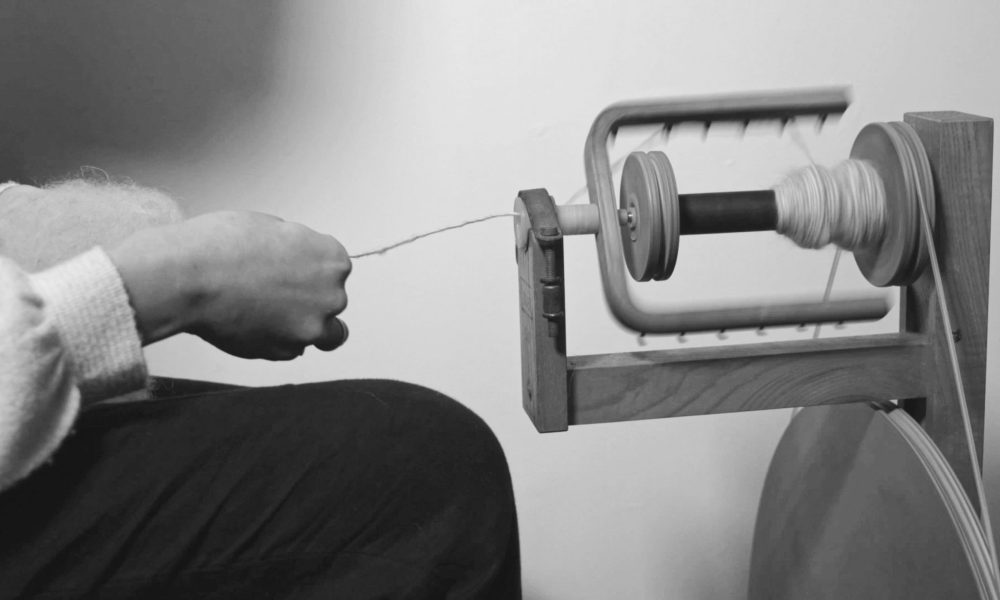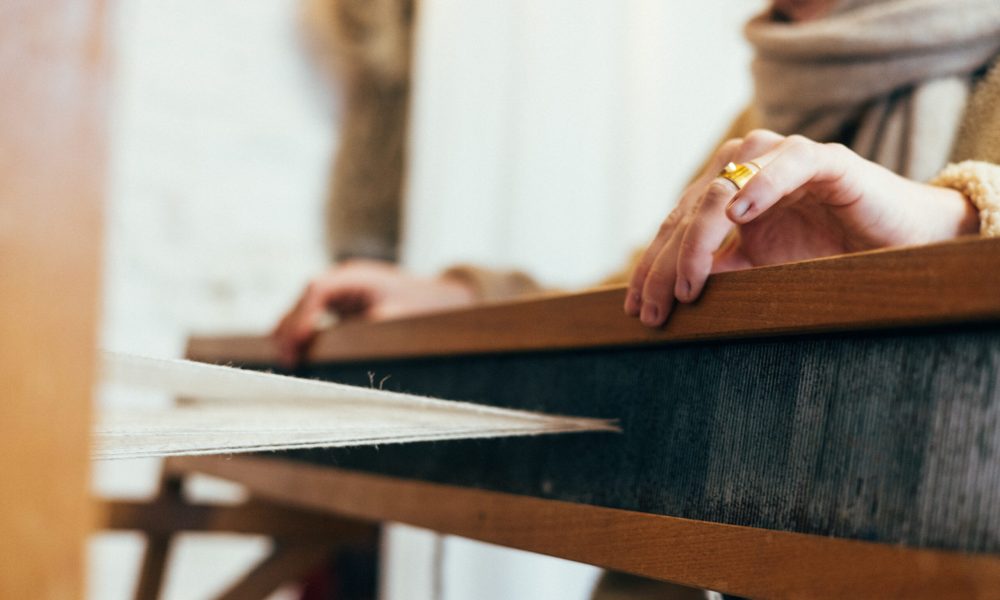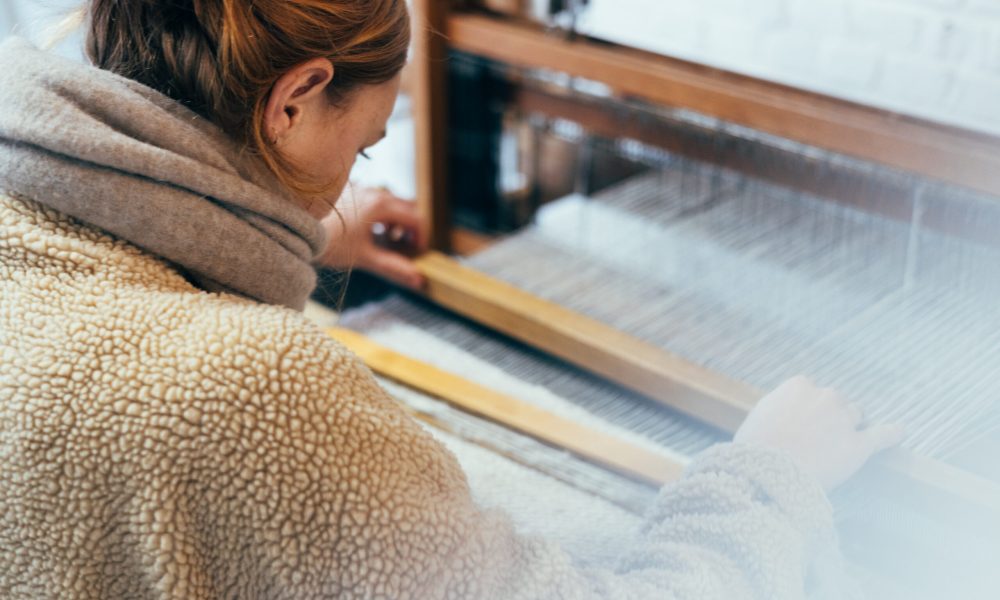Process
Lamatelier attaches great importance to the evolution of a raw material into a final and useful object. Each design is created from the From Farm to Fabric philosophy – a transparent, sustainable and artisanal way of making meaningful textiles, always in harmony with nature and humanity. Each step in the process is carried out in Lamatelier’s studio, where the work happens to the rhythm of the nature and its seasons.
‘In nature nothing is lost, everything is transformable’
Although our native sheep are no longer bred for their wool quality, Lamatelier embraces this homegrown material and wants to highlight its pure beauty and capabilities in every design.
Once all the wool is collected, sorting and cleaning can begin. Based on the quality and length of the fibers, different categories are made for different purposes, so that all the wool is used for a suitable purpose and nothing has to be thrown away.
‘Slow textiles, to the rhythm of nature’
All the wool is washed in small batches by hand. This is a labor-intensive but very pleasant work during the warm summer months. Only rainwater and a natural, biodegradable soap are used for this purpose, with no chemicals added. This leaves small natural remnants and different shades of color visible, but this is what makes it interesting and lively in the design philosophy of Lamatelier. After this washing process the fibers are placed to dry, preferably outside in the sun.
In addition to the natural color palette derived from the sheep’s authentic and raw fur, wool can also obtain color through a natural dyeing process, depending on the design of the final product. This colorful palette includes colors extracted from natural source, showing the beauty of nature’s pigments.
Then the weaving can begin, a rhythmic action in which vertical and horizontal threads are woven together by hand to create the desired final product. Each weaving is a representation of woven threads from the past, embodying the centuries-old textile heritage and knowledge, to create sustainable, authentic and meaningful textiles made to last.

